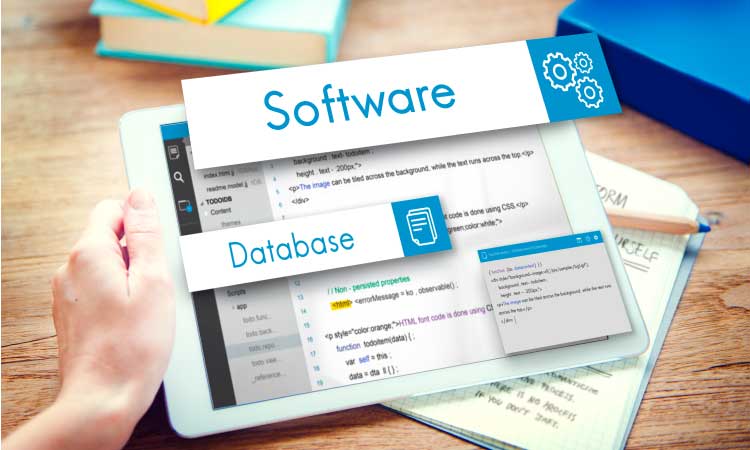Enhancing Product Quality and Customer Satisfaction with Sensory Testing

Product quality and customer satisfaction are crucial aspects that directly impact the success of any business. To ensure customer satisfaction and brand reputation, companies must focus on delivering products that meet or exceed consumer expectations. One way to achieve this is through sensory testing, a scientific method used to evaluate products based on their sensory attributes, such as taste, aroma, appearance, and texture. In this blog post, we will explore the importance of sensory testing in enhancing product quality and customer satisfaction, and how it can be leveraged by businesses to gain a competitive advantage.
Understanding Sensory Testing:
Sensory testing is a scientific method used to measure, analyze, and interpret consumer reactions to a product’s sensory attributes. The goal of sensory testing is to provide objective and measurable data that can be used to optimize product formulations, packaging, and overall product experience. Sensory testing employs different methods and techniques, such as discrimination testing, descriptive analysis, and consumer testing, to gather data on sensory attributes.
The Role of Sensory Testing in Product Quality Assurance:
Product quality is a crucial aspect that directly impacts customer satisfaction and brand reputation. Sensory testing plays a vital role in product quality assurance by providing objective and measurable data on attributes such as taste, aroma, appearance, and texture. Sensory testing helps in ensuring consistent product quality, minimizing variations, and meeting consumer expectations.
Enhancing Consumer Preference and Satisfaction:
Understanding consumer preferences is essential for businesses to develop products that resonate with their target audience. Sensory testing enables companies to gather valuable insights into consumer preferences, identifying key sensory attributes that drive consumer satisfaction. By using sensory testing to optimize product formulations, packaging, and overall product experience, businesses can enhance consumer preference and satisfaction.
Sensory Testing in New Product Development and Innovation:
For businesses looking to introduce new products or innovate existing ones, sensory testing is an invaluable tool. It helps in assessing consumer acceptance, identifying areas for improvement, and validating new product concepts. Sensory testing aids in the development and innovation process, ensuring that new products meet consumer expectations and successfully differentiate themselves in the market.
Sensory Testing in Market Research and Competitive Analysis:
Sensory testing also plays a significant role in market research and competitive analysis. By conducting sensory evaluations of their products alongside competitors’ offerings, businesses gain insights into how their products compare in terms of sensory attributes, quality, and overall consumer preference. Sensory testing provides valuable insights that drive customer satisfaction, brand loyalty, and business success.
Conclusion:
Sensory testing is a powerful tool that enables businesses to evaluate, improve, and innovate their products based on consumer preferences and expectations. By leveraging sensory testing techniques, companies can enhance product quality, optimize formulations, and deliver superior sensory experiences to their customers. Whether in product development, quality assurance, market research, or competitive analysis, sensory testing provides valuable insights that drive customer satisfaction, brand loyalty, and business success. Incorporating sensory testing into business practices can help businesses gain a competitive edge in the market, and ensure that they continue to meet or exceed customer expectations.






